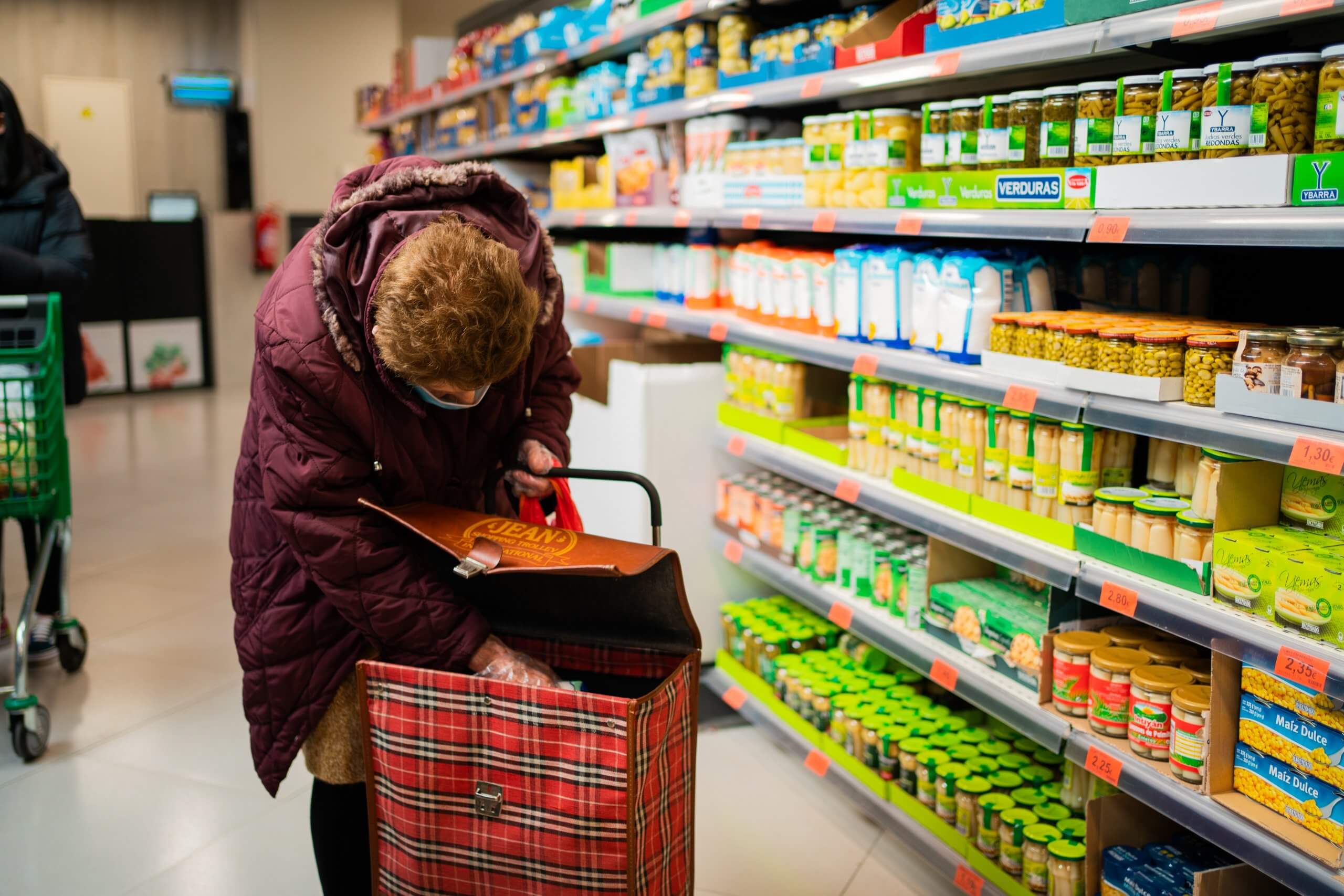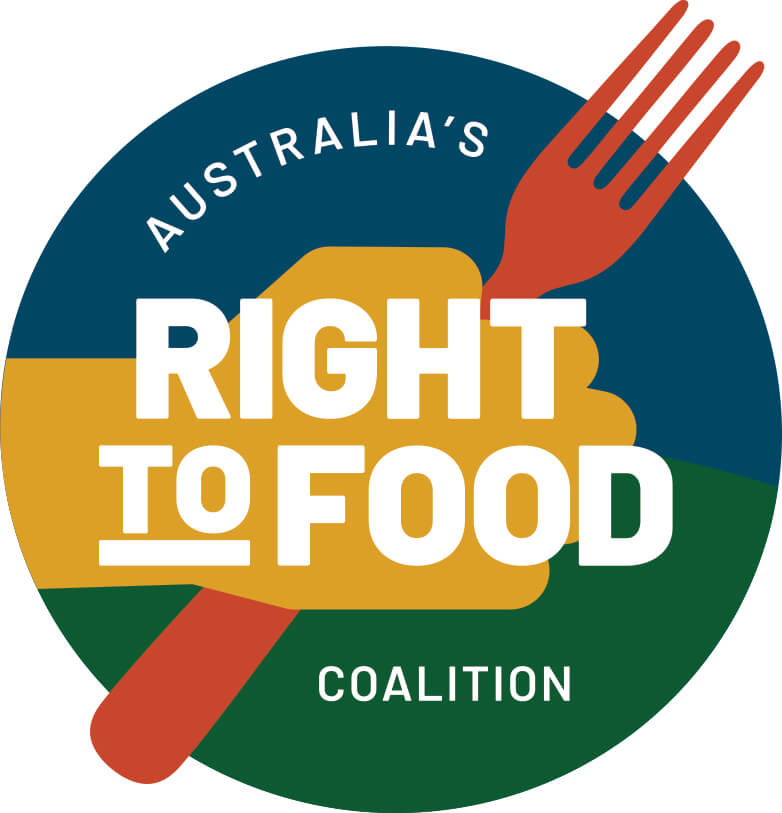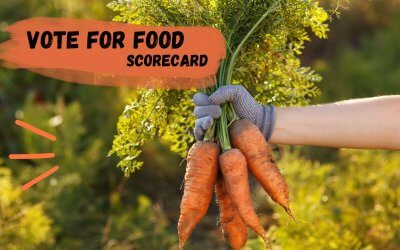The May 2023 Federal Budget included some initiatives to support vulnerable Australians while also balancing the budget. However, while the Labor party acknowledges the challenges of the rising costs of living, it has yet to seriously tackle poverty with any substantial measures. In this blog we look at some of the details of the budget and the implications for food security.
The fight continues for recipients of JobSeeker
Currently, JobSeeker recipients are receiving a minimum $49.50 per day, well below Australia’s poverty line of $70 per day. Many organizations made submissions to the 2023 budget, highlighting the discrepancy between JobSeeker payments and the actual cost of living. This included the Australian Council of Social Services (ACOSS), who called for the payments to match the current minimum Age Pension rate of $69 per day. In December 2022, Australia’s Treasurer and Social Services Minister tasked the Economic Inclusion Advisory Committee to conduct a thorough investigation of the adequacy of income support and rent assistance, and to propose legislated measures on economic inclusion and poverty reduction, among other areas. The committee was comprised of social security and economics experts, unions and business groups, among other stakeholders. The findings concluded that the current rates of social security payments for JobSeeker are “seriously inadequate”, and that people receiving these payments face the highest levels of financial stress in Australia. The final recommendation was to raise JobSeeker payments to the equivalent of 90% of current Age Pension payments, providing a minimum of $62 per day.
Current rates of social security payments for JobSeeker are “seriously inadequate”
Despite the committee findings, the 2023 Budget offerings for JobSeeker fall short of the committee’s recommendations. Starting 10 July 2023, recipients of JobSeeker will receive an additional $40 per fortnight, raising their daily rate to roughly $52. This is equal to only 75% of the Age Pension payment. Current estimates place Australia’s poverty line, defined as 50% of the country’s median income, at approximately $70 per day. This raise in JobSeeker payments provides little relief to the millions of Australians living in poverty.
Austudy and Youth Allowance recipients will also receive an additional $40 per fortnight. Currently, the maximum payment for a recipient that is single with no children and lives away from their parents’ home is $40.20 per day, which will now be increased to $43.06 per day. In Australia, the prevalence of food insecurity among university students has been found to be much greater than that of the general population, with findings of 42% in a Tasmanian study in 2022, and 48% in Newcastle in 2017 . Among the general population of Australia, it is estimated that between 4% and 13% are food insecure. An increase to these social assistance payments of roughly $3 per day will not have a significant impact on the student experience of food insecurity.
In May 2021, Right to Food did a thorough review of the (previous) 2021 JobSeeker increase and the strong ties between poverty and food security. Check it out here.
Families with children get a small break
Families with children are seeing some additional support in the budget. The Albanese election promise to ease the cost of childcare will come into effect on 1 July 2023. Families earning less than $80,000 will see the maximum subsidy for one child increase from 85% to 90%. Also, eligible households have been expanded to those that earn up to $500,000.
Eligibility for the Single Parenting Payment is also expanding. Currently, the payment is cut off once the youngest child in a single-parent household turns 8 years old. Expanded eligibility will see the payment continue until the youngest child turns 14 years old. While single parents will benefit from the payment for a longer period of time, it is important to note that the rate itself is not being increased.
These may be helpful steps to support families with children cope with the rising costs of living. In Australia, single-parent households with children are known to be at a greater risk of food insecurity. There currently is no rigorous data available about the experience of food insecurity in households with children across Australia, however, Tasmania took a closer look at this within the state in 2022. It was found that while couples without dependents (such as children) experienced some level of food insecurity at rates of 32%, couples with dependents saw rates of 48%, and single persons with dependents had rates of 78%. Furthermore, a 2017 study of regional and remote Western Australia children found that those from households receiving government financial assistance to be at the greatest risk of food insecurity. It is clear that these households are in need of greater support to ensure children and caregivers do not go hungry.

Cost of living pressures
This year’s federal budget took a look at other factors contributing to the rising cost of living, notably the costs of rent and energy bills. Recipients of the Commonwealth Rent Assistance will see a boost in maximum payments by 15%.
The budget is also committing $1.5B to support eligible households by reducing energy bills by up to $500. Those that could see a lower bill include pensioners, veterans, concession card holders, and people on government support payments. At this time, the federal government does not expect to see a break in inflation until at least mid-2024, so cost of living pressures will continue.
Food relief
With the sustained rise in cost of living, and only minor increases to income supports, demand for food relief is higher than ever. Food Bank, Oz Harvest, and Second Bite (referred to as the national food relief sector) came together to put forward a pre-budget submission, which recommended improved funding to the sector, namely an annual commitment of $45 million in order to provide consistent food relief to those in need throughout the year. Further to this, it was proposed that $20 million per annum be available on a stand-by basis to support heightened needs triggered by crises, such as natural disasters.
These recommendations were made as a result of rising demand for food relief. Food Bank’s 2022 Hunger Report found that over 2 million households in Australia experienced food insecurity last year, including 1.3 million children living in severely food insecure households. The federal government provided just over $2 million to the national food relief sector in 2022. OzHarvest’s CEO has found that demand for food relief is only rising, with current rates even higher than during the crisis of the COVID-19 pandemic. What’s most remarkable is that the people seeking help are changing to include double-income households and people with mortgages, with a rise in people seeking support for the first time.
OzHarvest’s CEO has found that demand for food relief is only rising, with current rates even higher than during the crisis of the COVID-19 pandemic.
Despite these alarming findings, the 2023 federal budget made no mention of improved funding to the national food relief sector. From a surplus budget, this was disappointing. The number one cause of household food insecurity was found to be the rising cost of living, this has been the driver for many Australians with jobs, with mortgages, who are seeking food relief for the first time. While some modest supports are coming into place for the most vulnerable, many middle-income earners will not see any benefits from the 2023 federal budget, and will have to continue to grapple with the current high cost of living.
Australia’s primary response to food insecurity continues to be a reliance on food charities. These organizations play a crucial role in helping to keep Australians fed as best as possible, however they should not be the first course of action. The COVID-19 pandemic and the government’s response with income supplements offered a unique opportunity to observe the impact of a basic income on food insecurity. A May 2020 survey from ACOSS found that, with the coronavirus supplement, 93% of people receiving social security payments could afford to buy fresh fruits and vegetables, and 83% reported being able to eat more healthily and regularly. Prior to the supplement, 74% of those surveyed reported skipping meals. Accessing a healthy diet shouldn’t be considered a luxury – Australians need better food security actions now.
This year’s budget was forced to take much into consideration, from a detailed pre-budget submission by the national food relief sector, to the government’s own appointed Economic Inclusion Advisory Committee. Despite the shocking information presented, calls for substantive impacts on poverty and food insecurity remain unanswered, and we can’t expect any significant improvement to the state of Australia’s food insecurity in the next year. The RTF Coalition will continue to advocate for the policy changes that will lift Australians out of poverty and ensure all have the right to food. Ongoing efforts from everyone are needed to demand change from our government.
About the author
Mistralle Brouillard is part of the RTF Coalition Communications Team. She holds a Bachelor’s degree in Nutrition Sciences from the University of Ottawa, and is currently pursuing a Graduate Certificate in Food Security from Toronto Metropolitan University. After working as a Registered Dietitian in Canada for six years, she is now relocated to Canberra, ACT, and hopes to contribute to the efforts of fighting for a right to food for all.





